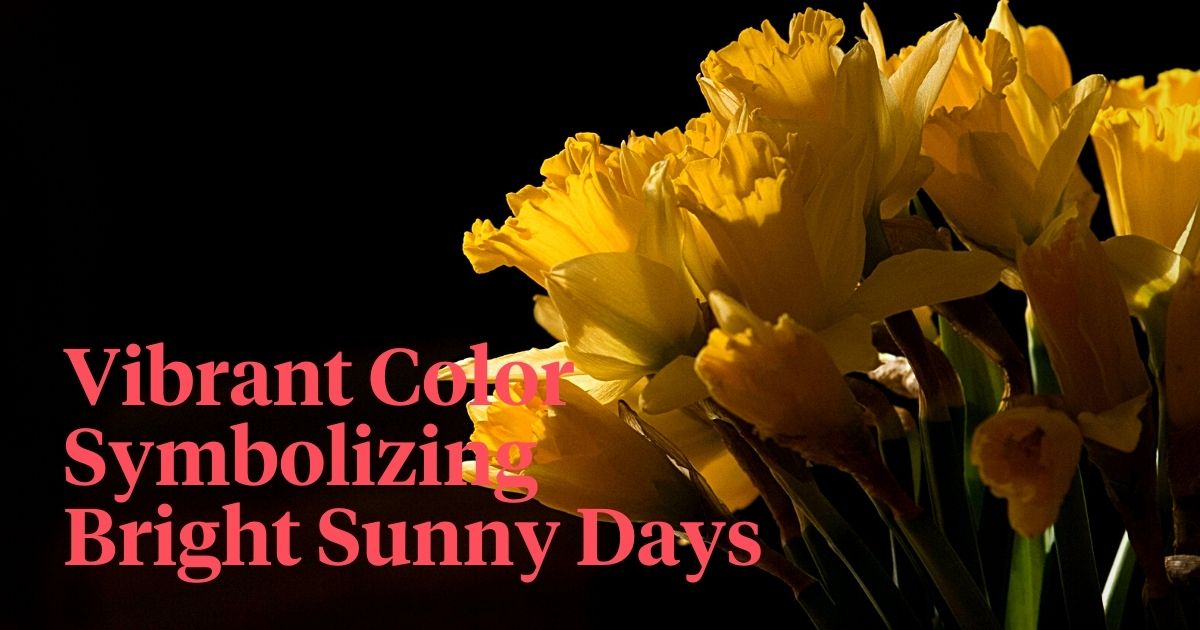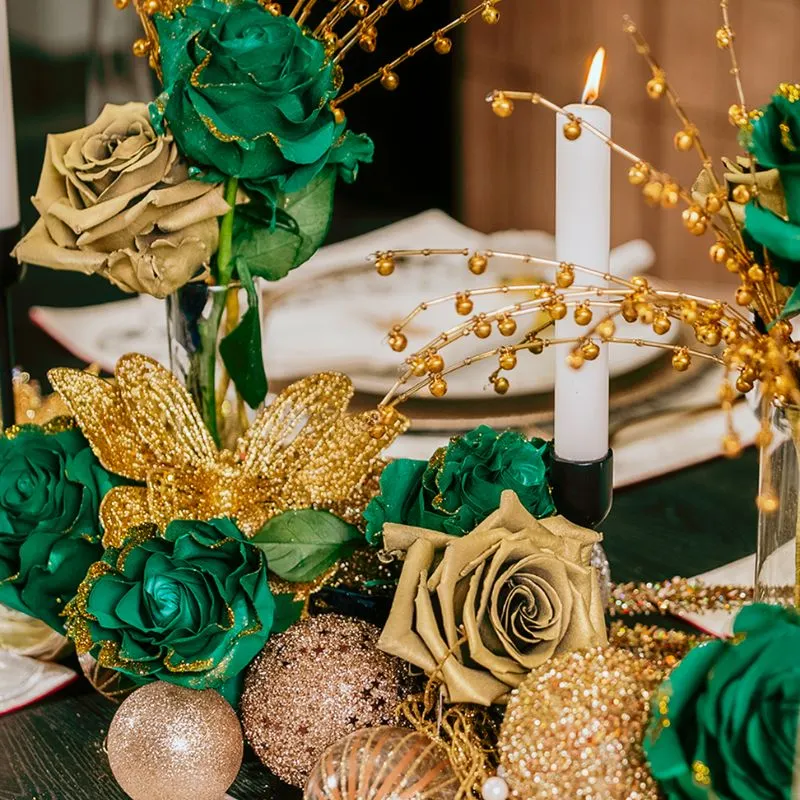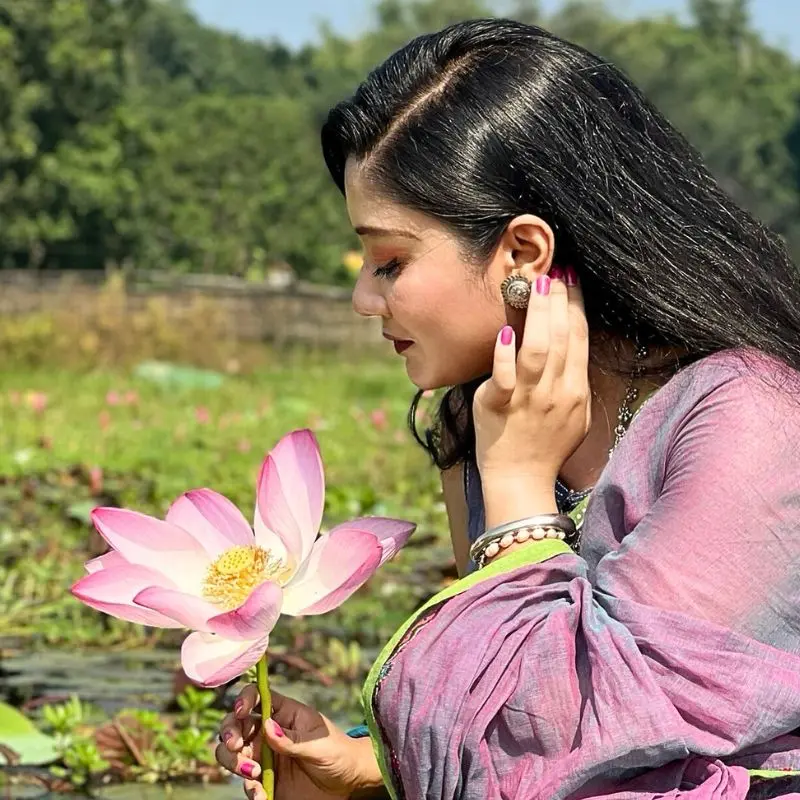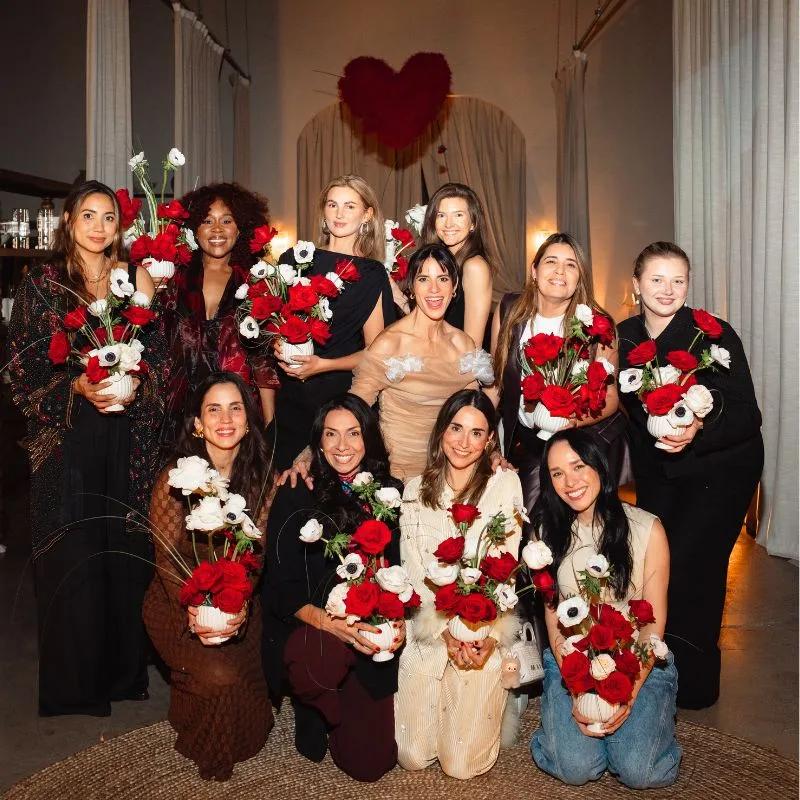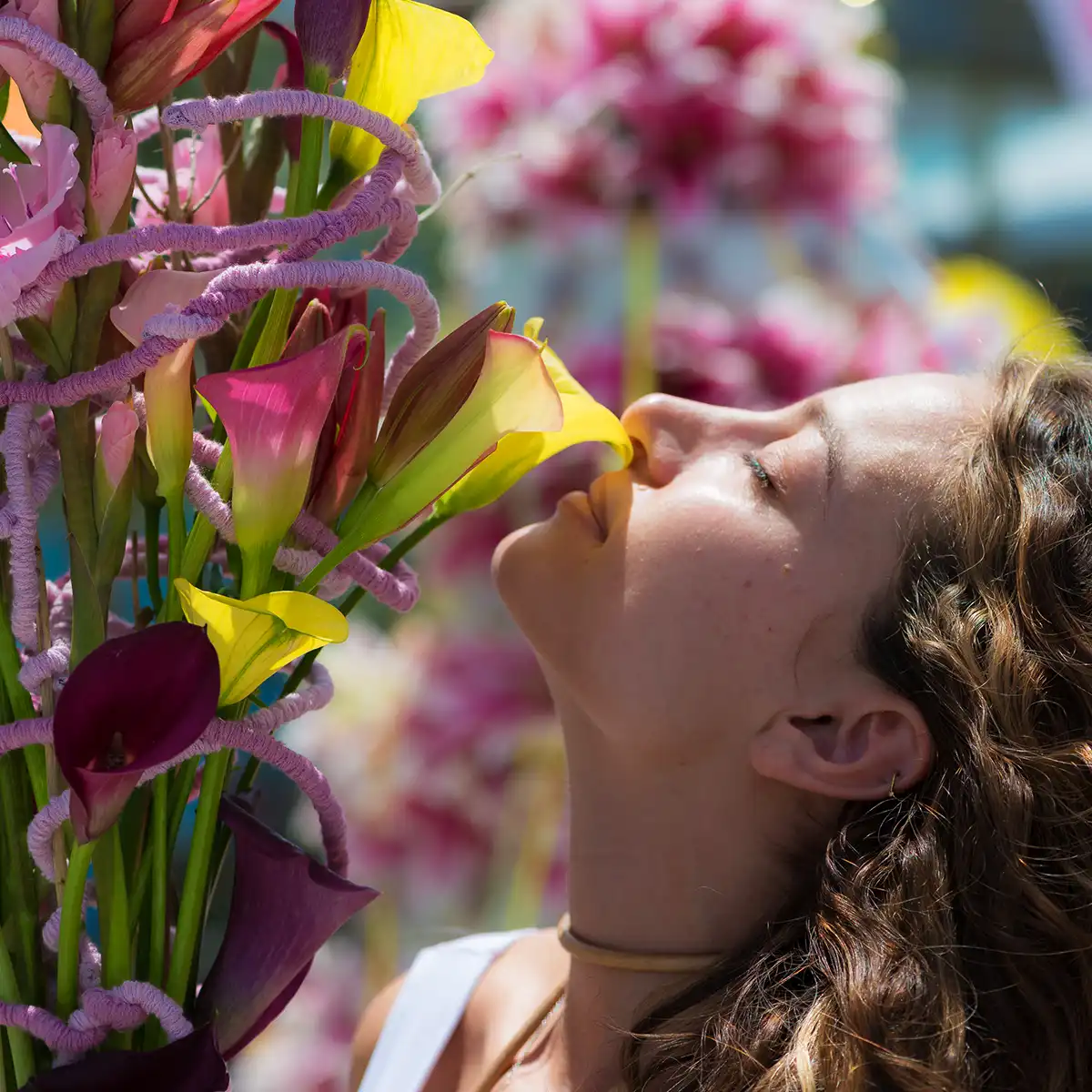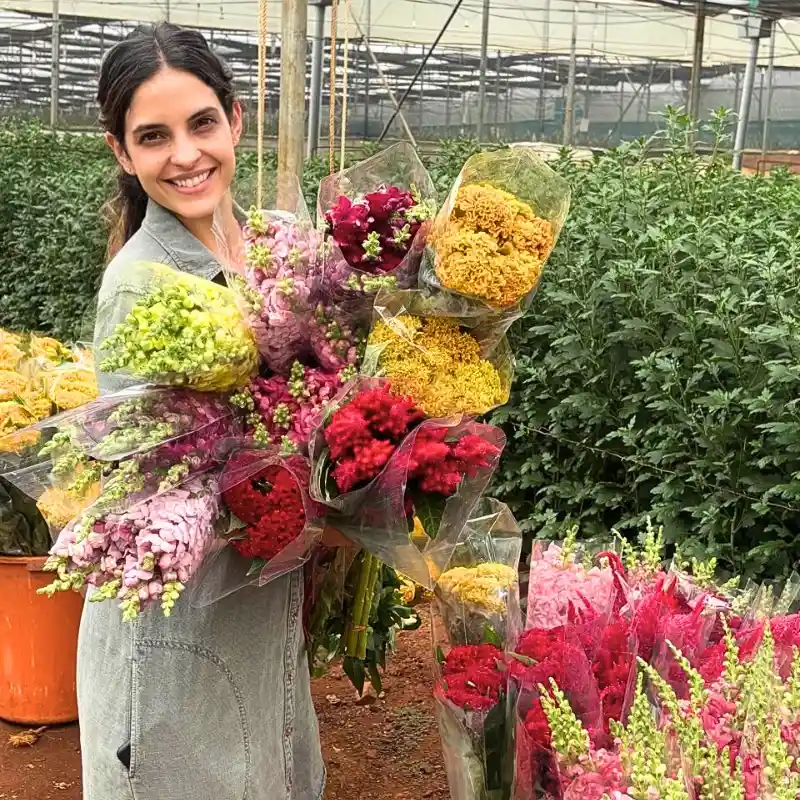It's hard not to think about yellow flowers during bright and beautiful days in spring and summer. Among the many symbols and colors associated with this festive color, yellow flowers stand out as a prominent choice for adorning homes, churches, and event spaces.
The color yellow not only represents the vibrancy of spring but also signifies hope, happiness, as well as new beginnings – all of which are essential themes of festive occasions like weddings, the Easter season, and summer parties.
Yellow Flowers Meaning
In flower symbolism, yellow flowers remind you of the sun and all the sweet memories that could be made during such events. Plus, all the positive and pleasant meanings of yellow flowers make it super easy to fall in love with them.
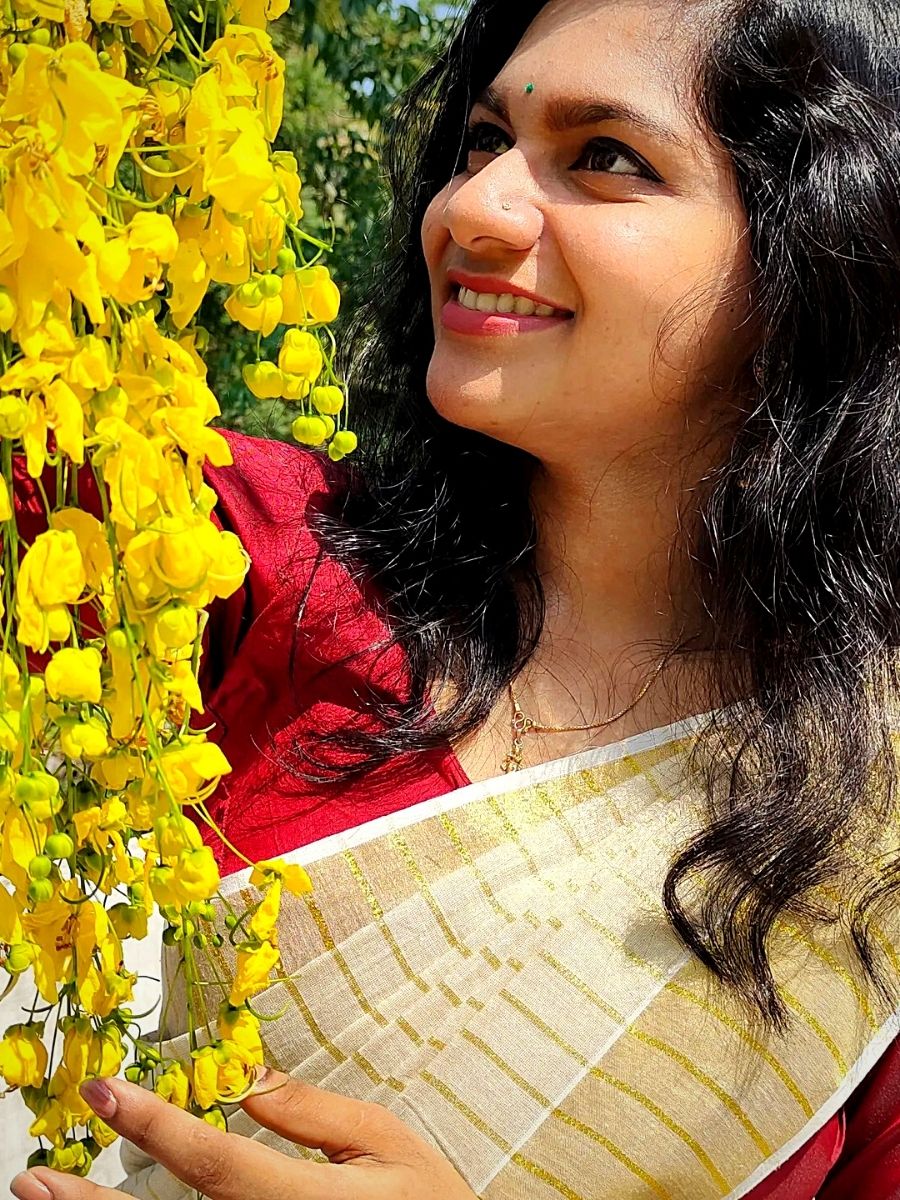
Photo by @aswani_krish
On the other hand, if you love giving fresh flower arrangements as a gift, you should take note of specific cultures where a particular flower color may mean something offensive. You wouldn't want that, do you? Learn all about the sunniest yellow flowers and their meanings.
If you are asking yourself "What do yellow flowers mean?", you should first know that the beautiful language of flowers has been used throughout history as part of different rich cultures and traditions. The ancient Mayan civilization, for instance, regarded yellow flowers in general as a symbol of abundance.
In Eastern parts of the globe, such as Japan, the color yellow is deemed sacred and worthy of a royal. This belief, of course, includes yellow flowers as well. Rumor has it that the French see yellow as a color of jealousy.
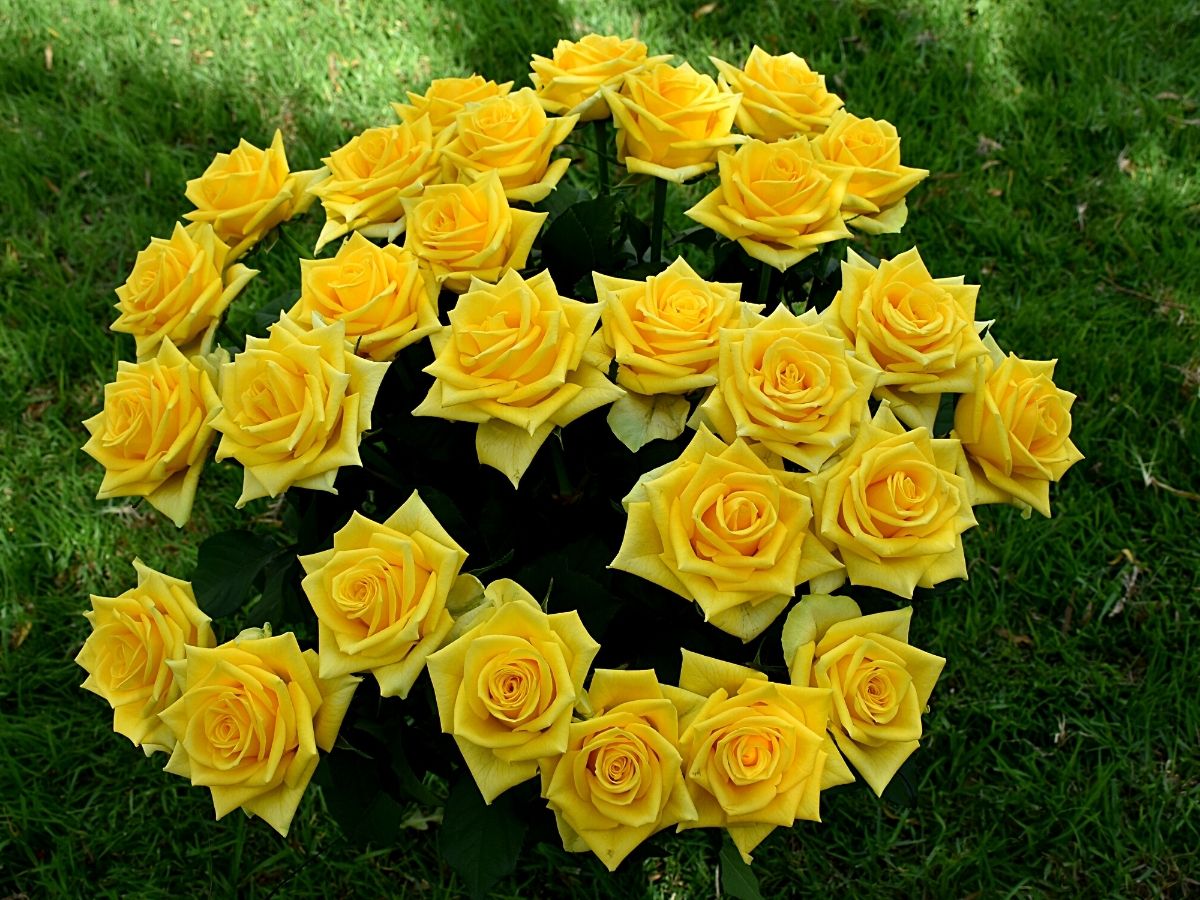
While this could come in handy if you want to subtly send your beau this type of message, you may want to think twice first about handing over a bouquet of yellow flowers to someone from France. More importantly, in Mexico, yellow flowers, especially marigolds, are only used to honor the dead.
Some of the most known yellow flower meanings:
- Symbol of abundance;
- Symbol of happiness, well wishes, and positivity;
- Symbol of optimism and longevity;
- Symbol of adoration, loyalty, and friendship;
- Sacred symbolism (Japan);
- Symbol of jealousy (France);
- To honor the dead (Mexico).
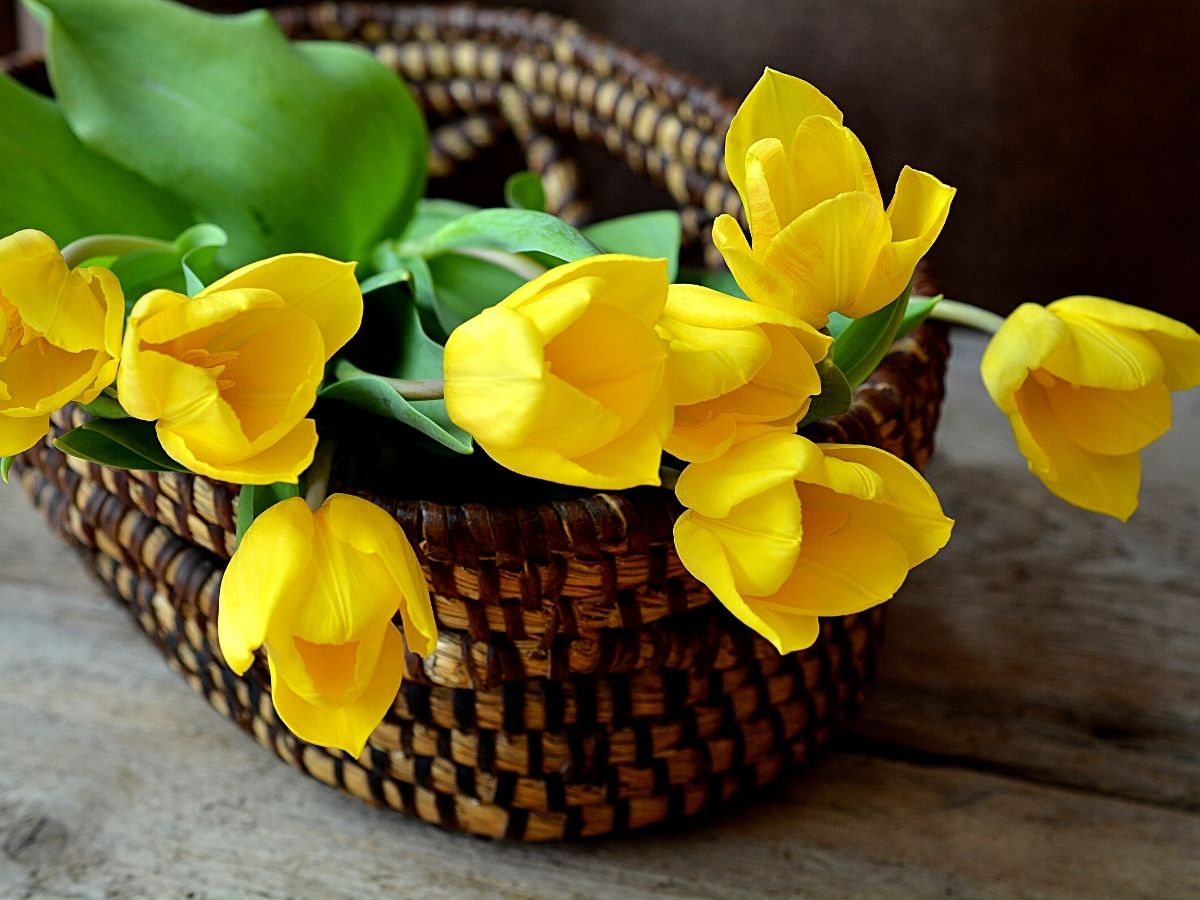
Photo by Pezibear
Our brains respond to yellow flowers in different ways. And as you can perceive, the meaning of yellow flowers can be different depending on the receiver. Therefore, you must keep reading to get to know the most popular types of yellow flowers and their meaning.
10 Types of Yellow Flowers and Their Meaning
Nowadays, yellow flowers are seen as bearers of good news, well wishes, and happiness. Here's a list of some of the most beautiful yellow flowers of all time.
Daffodils: The Quintessential Easter Flower
Daffodils are a classic yellow flower choice for example in Easter arrangements due to their association with rebirth and renewal. Native to the Mediterranean region, these trumpet-shaped flowers are available in various shades of yellow, ranging from pale to vibrant hues.
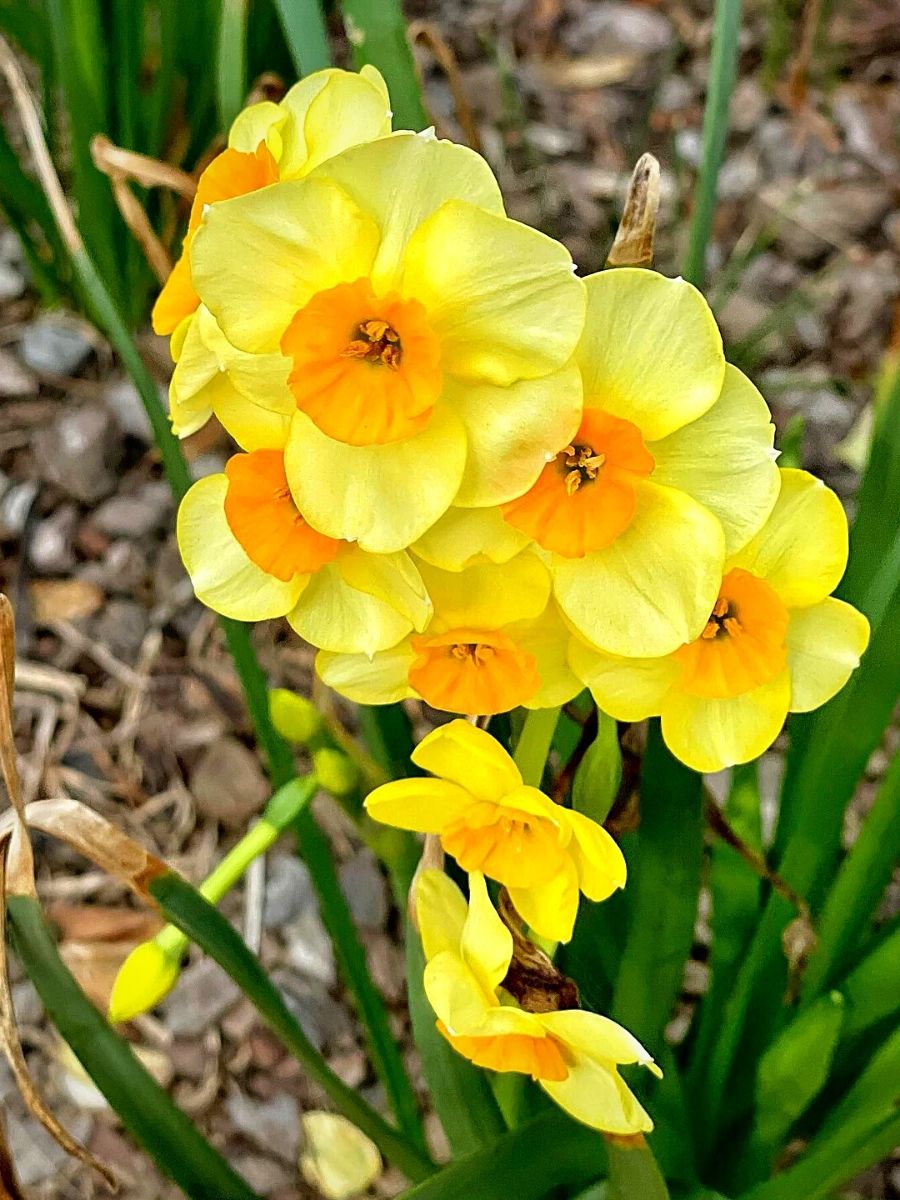
Photo by @khilborn1
These flowers' delightful fragrance and resilient nature make them a popular yellow flower for both indoor and outdoor arrangements.
Tulips: A Touch of Elegance
Tulips, originally from Central Asia and Turkey, are another popular choice for yellow spring flower arrangements. Tulips symbolize cheerful thoughts and sunshine, making them a perfect addition to any spring bouquet or centerpiece. With their sleek lines and elegant appearance, tulips effortlessly elevate the aesthetic of any setting.
Yellow Roses: A Symbol of Friendship
Yellow roses are often overlooked for flower arrangements, but their rich symbolism and beauty make them a worthy addition. Traditionally representing friendship, warmth, and joy, these lovely yellow flowers can be used to create stunning bouquets that convey the heartfelt emotions of the season.
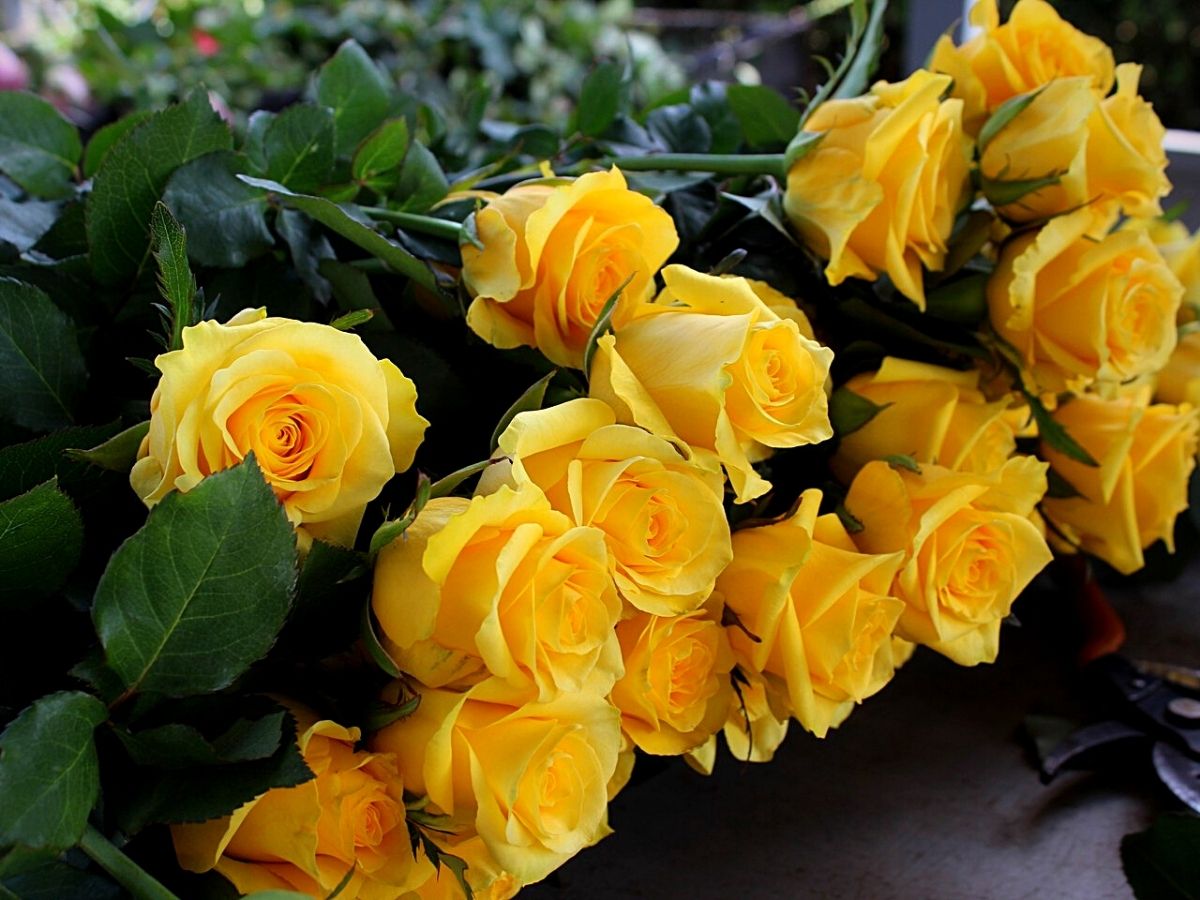
Their origin can be traced back to Asia, but they have since become a favorite worldwide. The King of Sweden reportedly sent his wife, Queen Silvia Sommerlath, a dozen yellow roses every day for four years – which adds up to 1, 461 dozen or a total of 17,532 individual flowers.
Forsythia: A Burst of Spring
Forsythia, native to eastern Asia, is a deciduous shrub that produces a profusion of bright yellow flowers in early spring. Known for its dramatic and arching branches, Forsythia can be used as a striking focal point in Easter flower arrangements. The vibrant yellow blooms signify anticipation, making them an ideal choice for this season of renewal.
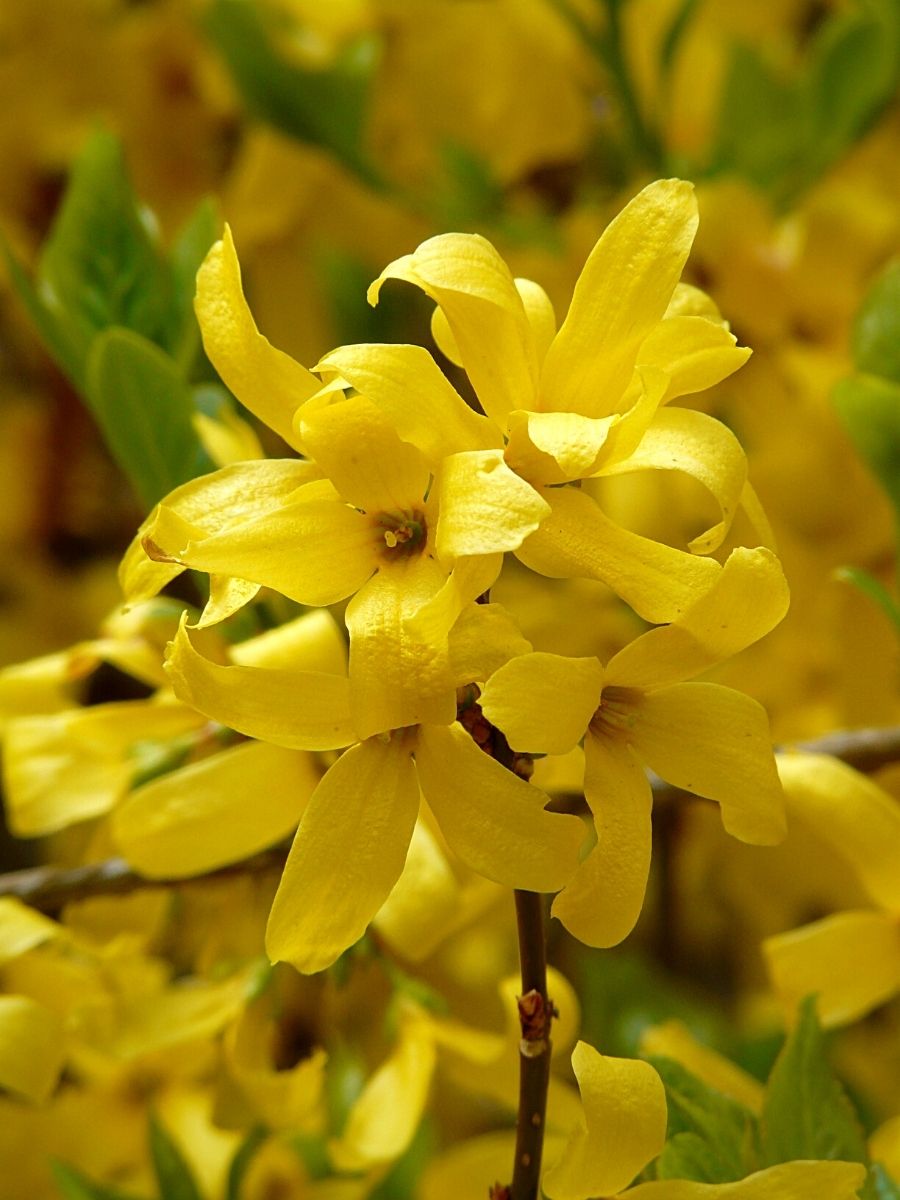
Photo by Hans
Marigolds: A Touch of Tradition
Marigolds, originating from the Americas, have long been associated with celebrations and rituals across various cultures. With their vibrant colors, marigolds have become a staple in numerous celebrations, rituals, and religious events around the world.
In India, the meaning of these yellow flowers relates to purity, auspiciousness, and the divine. Their strong fragrance is believed to ward off negativity and evil spirits. The vibrant colors of marigolds also represent the sun's energy, signifying warmth, passion, and creativity. In Mexico, marigolds are used to create elaborate altars and pathways, symbolizing the ephemeral nature of life and the connection between the living and the dead.
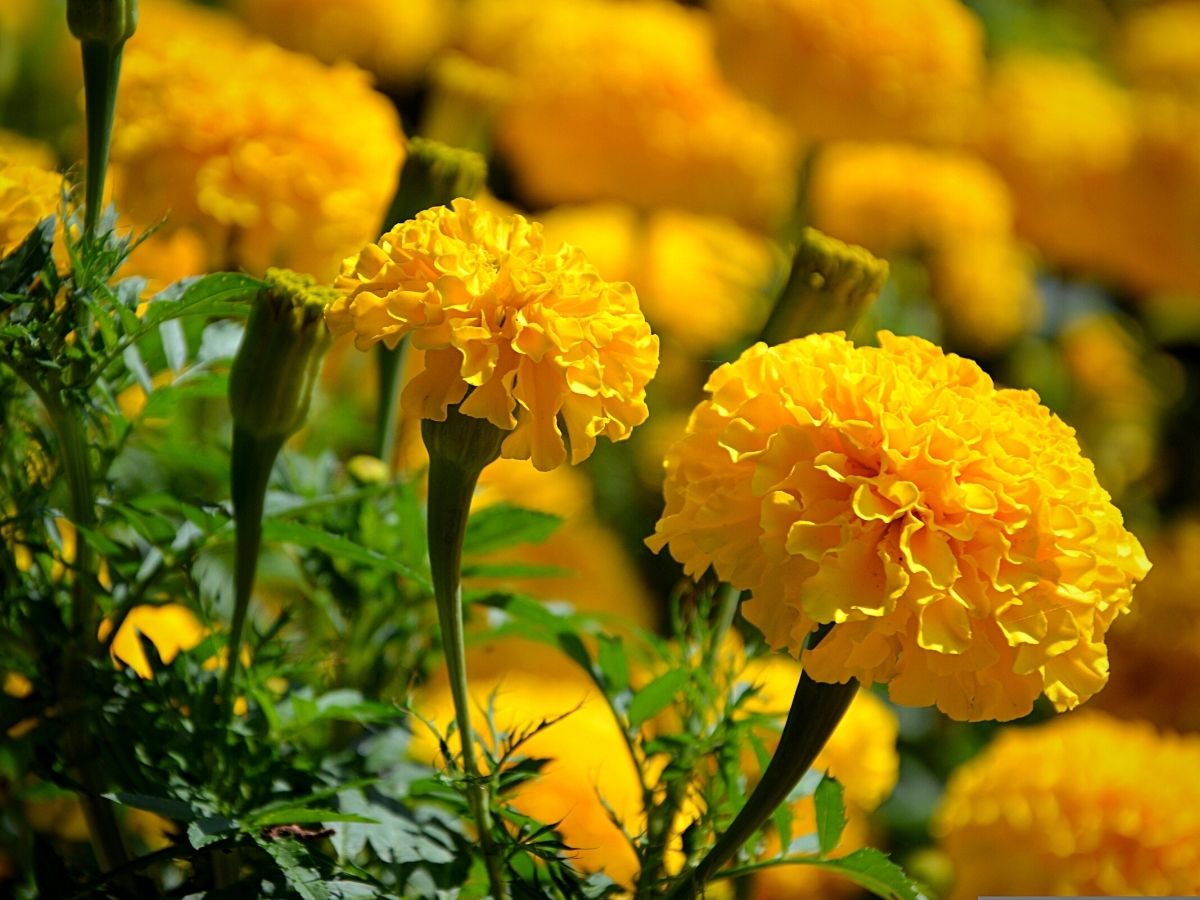
Photo by Peggychoucair
In ancient Greek and Roman cultures, these yellow flowers were associated with various deities, including Aphrodite and Hera. They were often used as offerings and in religious ceremonies. The flower's name, "calendula," is derived from the Latin word "kalendae," meaning the first day of the month, as marigolds were believed to bloom throughout the month. In Christian symbolism, marigolds are used to honor Mary during various religious events and celebrations.
Sunflowers: The Epitome of Joy
Sunflowers, native to North America, are known for their large, attention-grabbing blooms and uplifting presence. As their name suggests, sunflowers symbolize adoration, loyalty, and happiness. Their bold appearance and cheerful disposition make them a popular yellow flower choice for both bouquets and table arrangements.
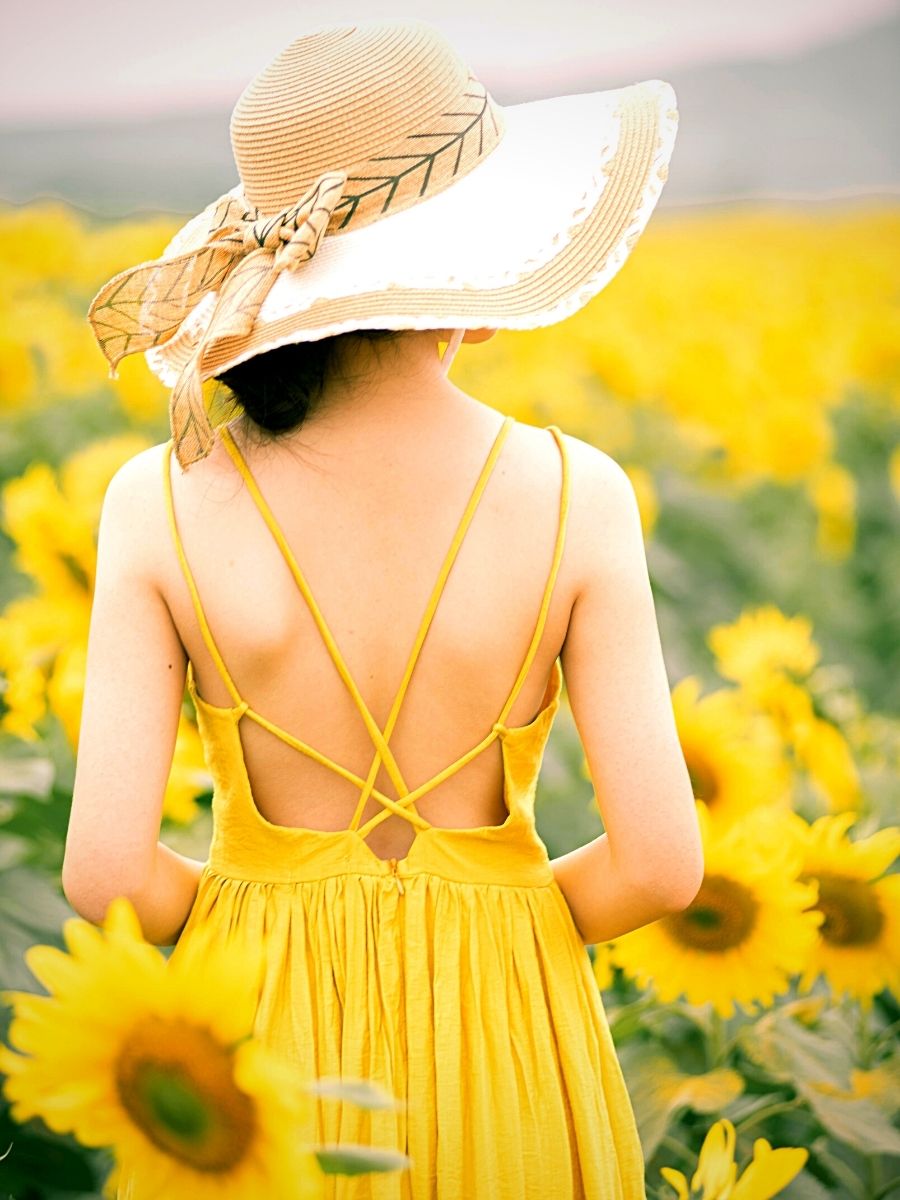
Photo by anhtuannguyendlh
Chrysanthemums: A Classic Choice
Chrysanthemums, originally from Asia, are a classic choice for flower arrangements thanks to their variety of shapes, sizes, and colors. Yellow flowers like chrysanthemums, in particular, symbolize optimism, joy, and longevity. Their full and lush blooms create a sense of abundance, making them an excellent choice for joyful floral arrangements.
Fun fact: did you know that chrysanthemums or mums are actually edible flowers? While almost every other color stands for positive flower meanings, yellow flower chrysanthemums specifically mean an unrequited or a love filled with sorrows.
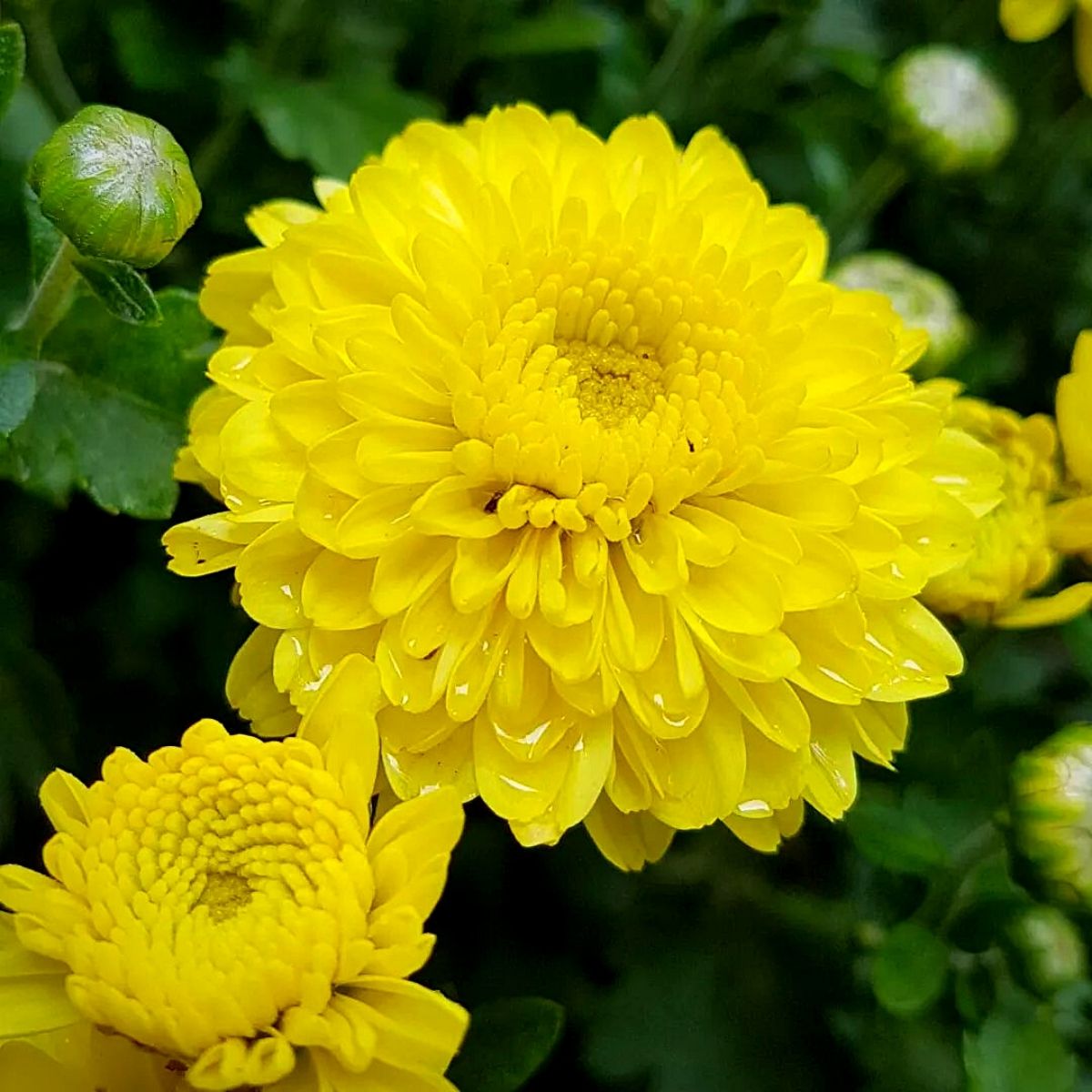
Photo by @sevraine
Yellow Gerbera Daisies: A Playful Addition
Gerbera daisies, native to South Africa, are known for their large, vibrant blooms and playful appearance. Yellow gerbera daisies symbolize happiness, warmth, and cheerfulness, making them a delightful addition to any yellow flower arrangement. Their bold and bright petals add a fun and whimsical touch, perfect for both casual and formal settings.
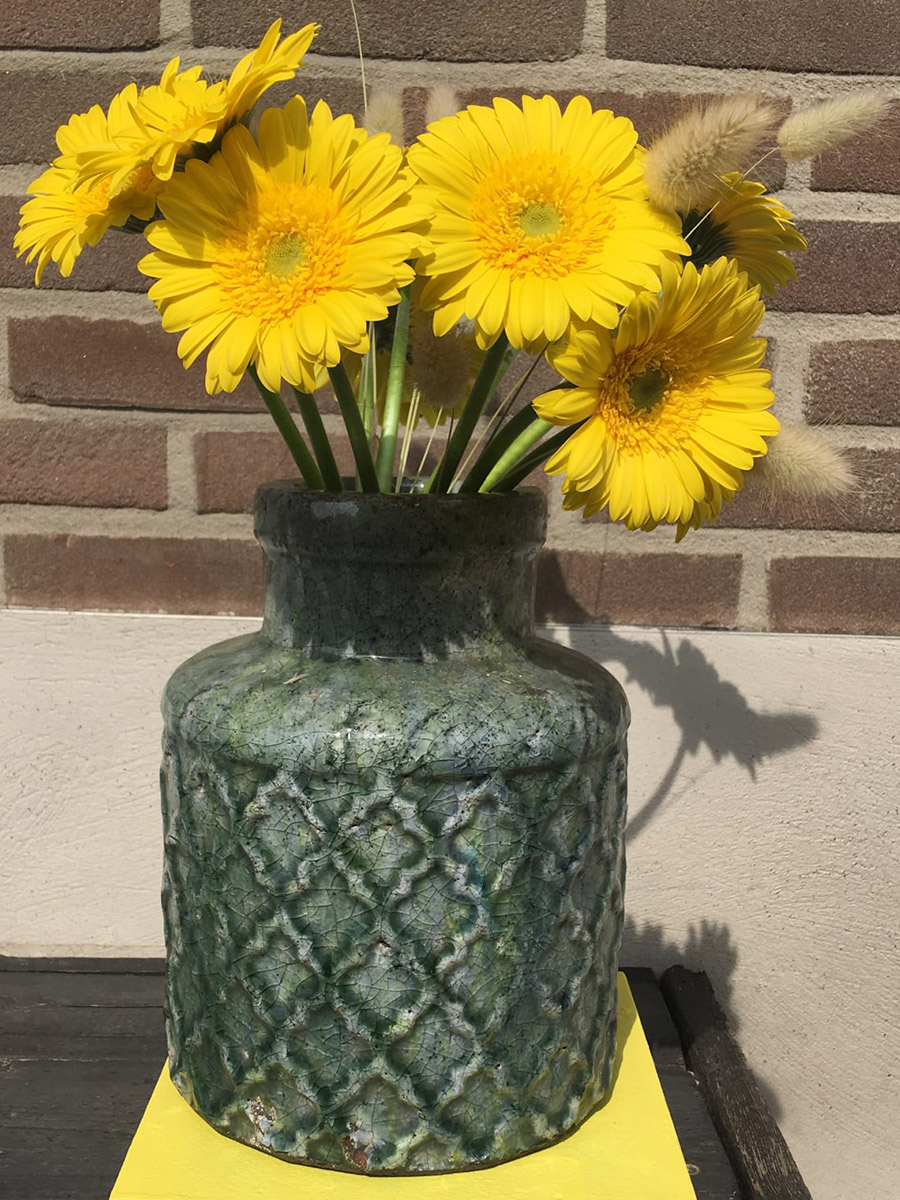
Calla Lilies: Sophistication and Grace
Calla lilies, originating from southern Africa, are prized for their unique, trumpet-shaped flowers and sleek, elegant lines. Yellow calla lilies signify gratitude and joy, making them an excellent choice for expressing appreciation and warmth during any season. Their sophistication and grace make them an ideal yellow flower for bouquets and more formal table arrangements.
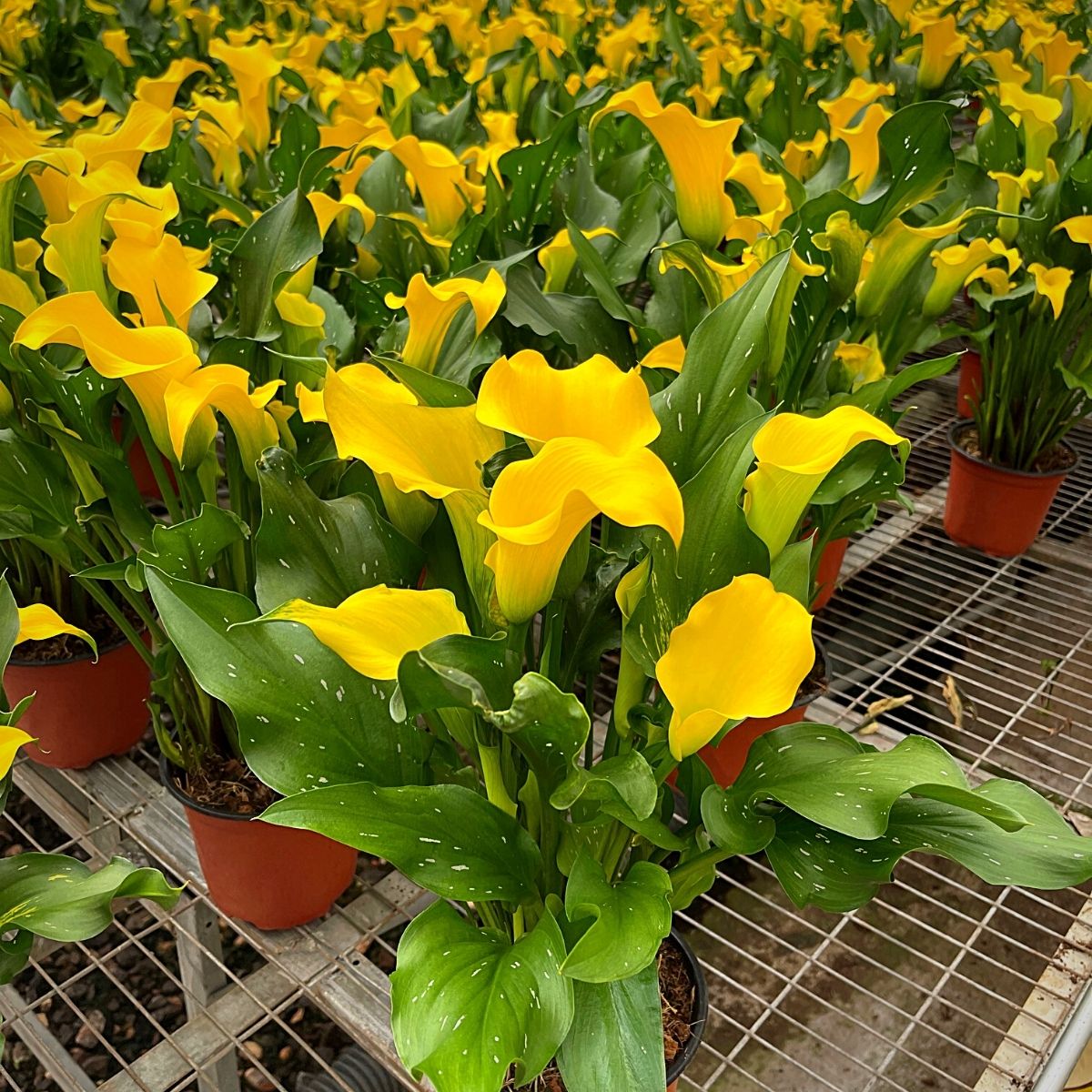
Photo courtesy of Shurui 'Marco' Zhang.
Yellow Dahlias: Warmth, Happiness, and Positivity
Dahlia yellow flowers, with their vivid color and intricate petal arrangement, convey a range of meanings and emotions. As a symbol of warmth, happiness, and positivity, yellow dahlias can effortlessly brighten any setting or occasion. These yellow flowers meanings are often associated with expressing feelings of joy, gratitude, and friendship, making them a popular choice for celebratory events or as thoughtful gestures of appreciation.
In addition, yellow dahlias represent creativity and the power of imagination, reflecting the inspiring beauty of the flower itself. Overall, the radiant hues and striking appearance of yellow dahlias make them a versatile and meaningful choice for various occasions, capturing the essence of warmth, happiness, and inspiration.
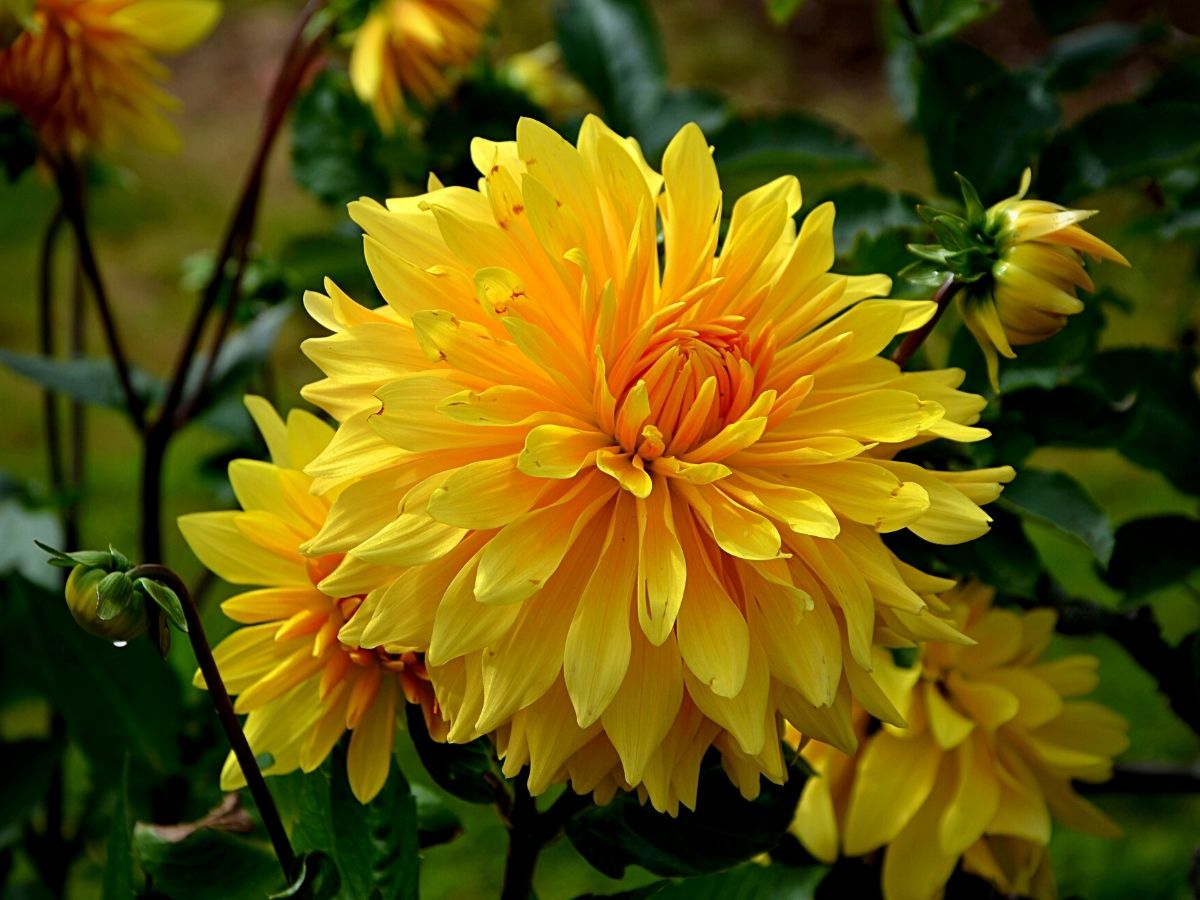
Photo by congerdesign
The Beauty of Yellow Flowers for Table Arrangements and Bouquets
Creating stunning flower bouquets and table arrangements is an essential aspect for floral designers. Beautiful yellow flowers, in particular, add a cheerful touch and refreshing feel to any setting.
Now that you already know some yellow flower names, and taking into consideration the myriad of types of yellow flowers available, you can add them to your favorite floral combinations and easily create unique and breathtaking arrangements that will leave a lasting impression on your guests.
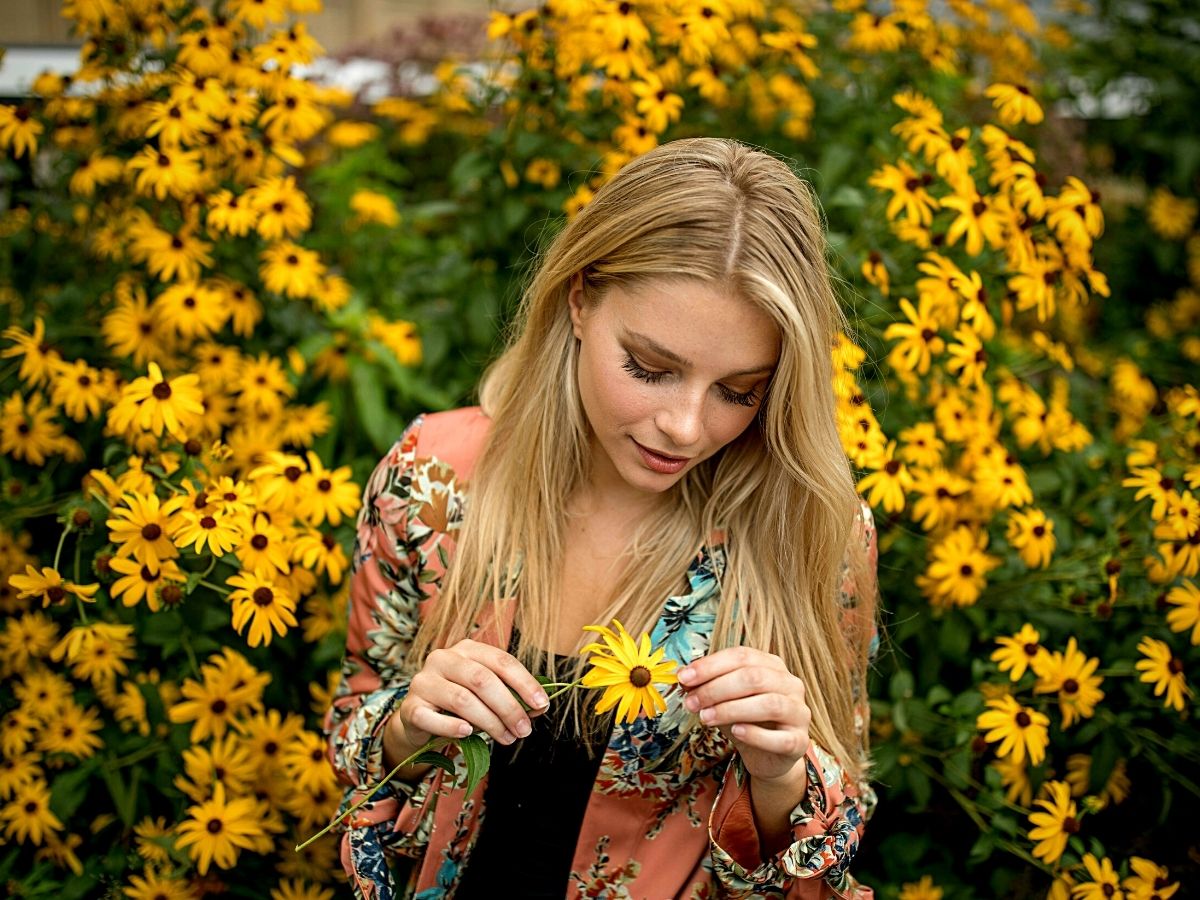
Photo by Thought Catalog
Whether you opt for classic daffodils, elegant tulips, or cheerful sunflowers, the beauty and symbolism of yellow flowers will undoubtedly bring joy and warmth to your celebrations.
Feature image by Thought Catalog, header image by Oxana Lyashenko

